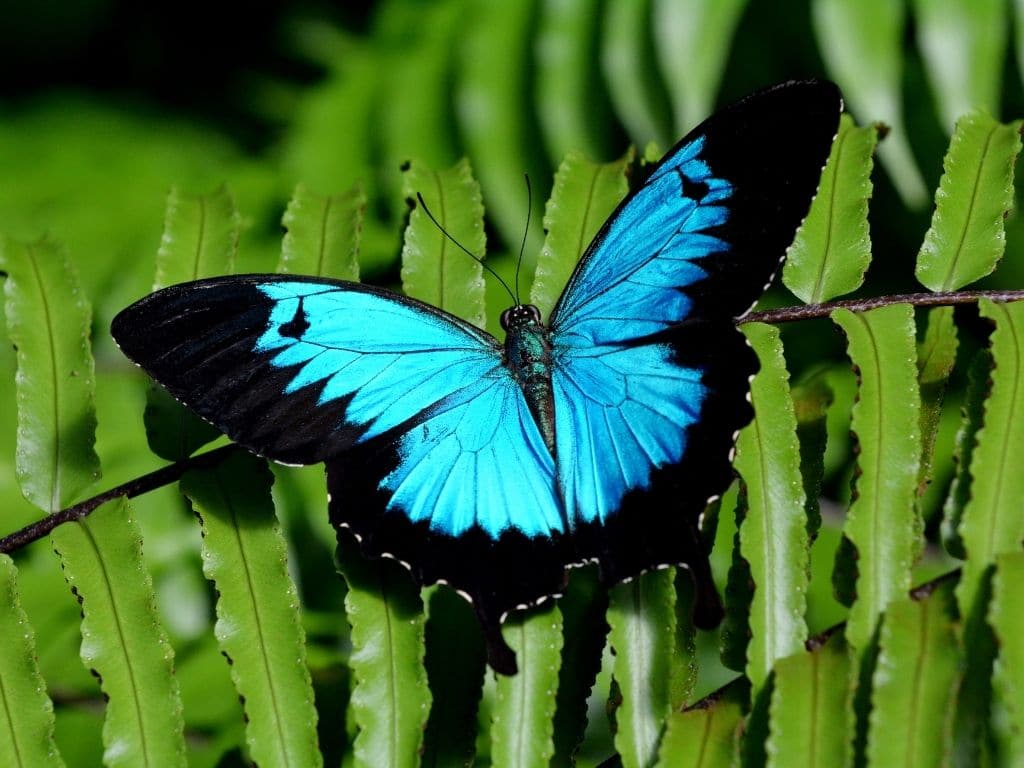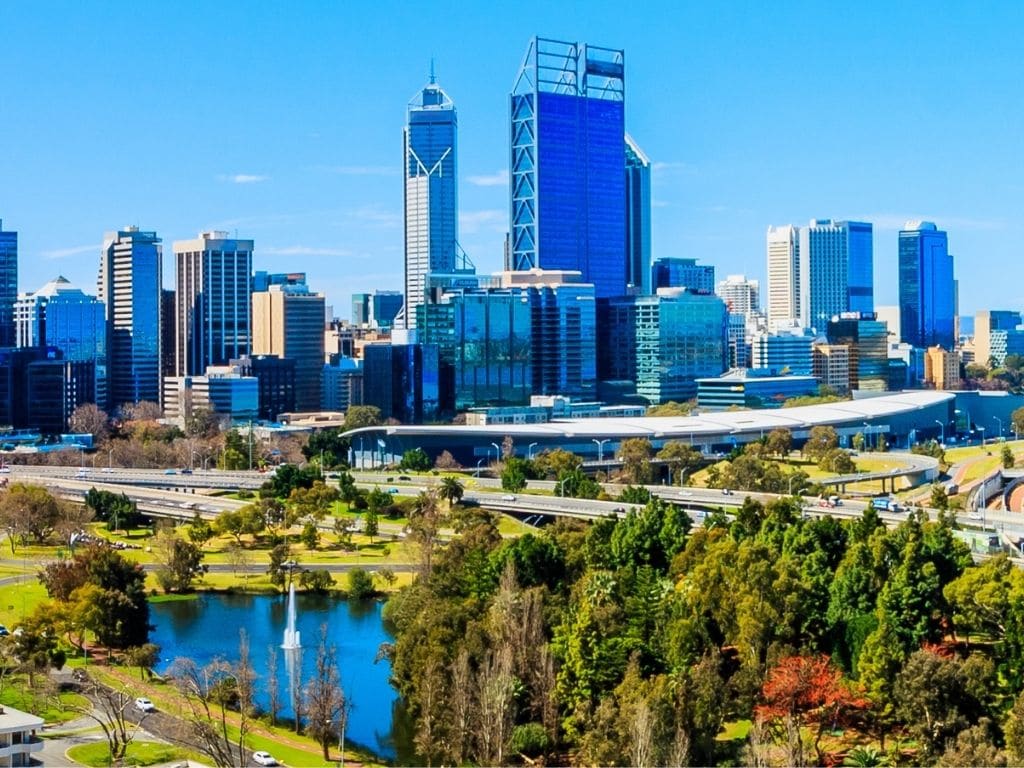Breadcrumbs

It’s hard not to fall in love with a botanic garden. In addition to every capital city within Australia offering up at least one, you’ll also find countless more scattered throughout regional areas including the Red Centre.
Not only do our top gardens feature many of our own native plants, they also are often home to some truly fascinating exotics from around the world. Whether you love nature, want to enjoy some exercise in a green space within the city, or wish to have a picnic, there’s something for everyone at a botanic garden.
Many of our gardens also offer special guided tours such as bird spotting and bush tucker tours, Indigenous experiences, children’s activities, plant sales, and lovely cafes. Here is just a sampling of some of Australia’s most beautiful botanic gardens you will likely want to check out on your next domestic trip. Gardeners will tell you that “When the roots are deep, there’s no reason to fear the wind”. Let comprehensive travel insurance act as your solid root system that will help you weather the storm should the unexpected happen during your travels.
The Royal Botanic Garden Sydney

Located right on the Sydney Harbour, The Royal Botanic Garden Sydney is within easy walking distance of many top Sydney hotels, the Opera House, and Harbour Bridge. Open every day of the year with free entry, the gardens attract just as many people daily as the city’s iconic attractions.
They are the country’s oldest gardens at over 200 years old and span an impressive 30 hectares. You’ll find areas within the gardens that feature plants originally found on the land when Europeans first landed, as well as exotics from around the world.
There are daily guided walks that commence each morning at 10:30, limited to just 15 spots so you’ll need to book. Alternatively, you can download the Gardens app and make use of the free WiFi to enjoy your own self-guided walking tour with maps, audio, and an augmented reality experience.
Take an Aboriginal Heritage Tour to learn about the original Gadigal people of Sydney and learn how the native bush foods were used. Don’t miss the Palace Rose Garden, the Rainforest Garden’s orchids, the towering Queensland Kauri Pine in Palm Grove, and the Southern Hemisphere’s largest vertical floral wall known as The Calyx.
Royal Botanic Gardens Victoria-Melbourne Gardens

Royal Botanic Gardens Victoria are split between two sites including Melbourne and Cranbourne. Melbourne Gardens lure nearly two million visitors annually, and although they may not be quite as old as The Royal Botanic Garden Sydney, its nearly 40-hectare size makes them larger.
Observe over 8,500 species of plants including natives and exotics originating everywhere from California to Southern China. There are plenty of walking and jogging trails or you can book a ride on their open-air Explorer minibus.
Other activities include their popular summertime open-air Moonlight cinema, romantic punt rides on the lake, Aboriginal Heritage Walks, and two cafes. The gardens will also be hosting the inaugural ticketed after-dark garden illumination event called Lightscape this winter from the end of June through early August.
Cairns Botanic Gardens

If you like your gardens lush and full of colour, Cairns will not disappoint. Cairns Botanic Gardens hosts the finest collections of tropical plants in Australia, especially in its popular Flecker Gardens section which features plants from the tropics of South America, Africa, Southeast Asia, and of course Far North Queensland.
Other highlights include the rainforest boardwalk and Watkins Munro Martin Conservatory which houses a range of carnivorous plants, cycads, orchids, and bromeliads. The gardens’ freshwater and saltwater lakes are full of birdlife, where it’s common to spot brush turkeys, orange-footed scrubfowl, honeyeaters, kingfishers, and usually hard-to-spot Papuan frogmouths.
There’s a unique nature-based playground for the kids as well as a fortnightly Little Taccas program offering children’s nature-based activities focusing on art, song, and storytelling. There are also guided tours of the gardens for all ages Monday to Friday.
Adelaide Botanic Garden

Dating back to 1857, the Adelaide Botanic Garden is a 50-acre oasis in the city that is somewhat modelled after both England’s Kew Gardens and those of Versailles. The gardens are home to a large collection of native plants and have an impressive International Rose Garden along with a unique National Rose Trial Garden.
Equally as impressive as its plants is the gardens' architecture. The German designed Victorian-era Palm Glasshouse which has since been restored is said to be Australia’s second-oldest glasshouse. There’s also the Bicentennial Conservatory built in 1988 for the nation’s bicentenary which is said to be the largest single-span conservatory in the Southern Hemisphere.
Don’t miss the Amazon Waterlily Pavilion’s giant Victoria amazonica waterlilies which can produce 40cm flowers and two-metre-long lily pads. Also worthwhile is the Garden of Health which contains over 2,500 healing and wellbeing plants.
The Royal Tasmanian Botanical Gardens

Once the land of the Muwinina people, the Royal Tasmanian Botanical Gardens are also over 200 years old and come in as Australia’s second oldest botanic gardens.
Not only will you have the chance to observe many native Tassie plants like Huon pines, but you are also likely to spot a number of endemic Tasmanian birds such as the green rosella, yellow wattlebird, black currawong, and Tasmanian native hen.
While it may be one of Australia’s smaller gardens, it’s the only one in the world said to have a Subantarctic Plant House where plants from Macquarie Island are held. While Tassie is often a bit chilly, you will definitely be able to cool off even more by stepping into this unique cold misty collection of plants.
There’s also a herb garden and cactus house, as well as a number of historic structures such as Athe nniversary Arch, the Gatekeepers Cottage, and Arthur Wall which dates back to 1830. As a bonus, there are many great views of the River Derwent to be had throughout the gardens.
And be sure to check out the historic remains of Beaumaris Zoo just a short walk away in the Queen’s Domain which is where the last known living Tasmanian tiger was held and filmed.
Kings Park and Botanic Garden

While Perth’s Western Australian Botanic Garden may only be 18 acres in size, it’s situated within the enormous nearly 1,000-acre Kings Park. Roughly two-thirds of the park is native bushland and the botanic gardens within the park are unique in that they have chosen to focus their attention solely on local Western Australia native flora.
Some of the highlights of the garden’s collection include the 62 Banksia species endemic to WA and the giant 760-year-old boab tree brought in from the Kimberley Region. All up, the gardens are said to contain around a quarter of Western Australia's 12,000 species of native flora.
While upwards of five million people visit Kings Park and Botanic Garden throughout each year, one of the best times to visit is during Australia's largest wildflower exhibition known as the Kings Park Festival.
Other things not to miss are climbing the steps of the spiralling DNA Tower which offers views of the Swan River and Rottnest Island, as well as the 600-metre Federation Walkway through the treetops.
